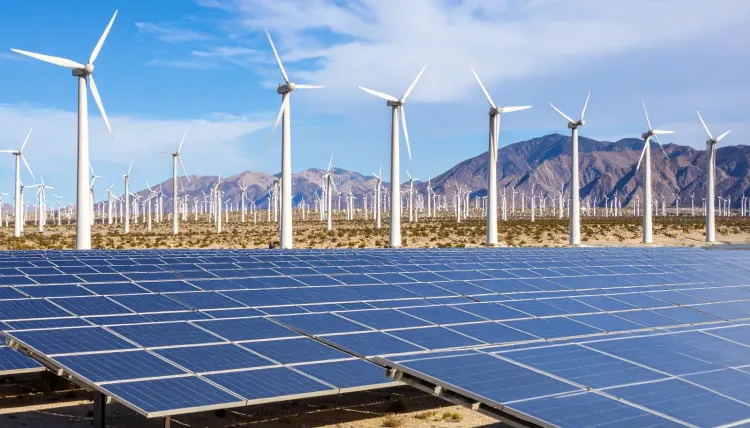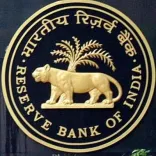How is India Empowering the Global South for a Sustainable Future?

Synopsis
Key Takeaways
- India is a key player in the Global South's clean energy transition.
- Solar energy is pivotal to this transformation, impacting over 120 countries.
- PM Modi's leadership drives innovation and international partnerships.
- India's renewable energy share has increased significantly.
- The country is committed to a sustainable future despite challenges.
New Delhi, July 1 (NationPress) India is taking a pivotal role in guiding the Global South towards a cleaner and more sustainable future, as stated by Union Minister for New and Renewable Energy, Pralhad Joshi, on Tuesday.
He emphasized the significance of solar energy in the worldwide transition to clean energy, noting that solar power has emerged as a transformative entity across over 120 nations, spearheaded by the International Solar Alliance (ISA).
“With the visionary guidance of PM Narendra Modi, India has become a catalyst, empowering the Global South to create a cleaner, brighter, and more sustainable future,” Joshi shared in a post on the social media platform X.
“Solar power is indeed a transformative force within the global energy transition,” he further remarked.
The minister’s insights stemmed from a media article in which he elaborated on how India is advancing innovation, providing financing solutions, and establishing international partnerships to promote the adoption of solar energy.
PM Modi also shared the minister's post, commending his article.
“Union Minister Pralhad Joshi discusses how solar power is reshaping the global energy landscape, with @isolaralliance driving the clean energy revolution not only in India but worldwide,” PM Modi noted on X.
In the meantime, India's clean energy transition is yielding measurable outcomes. A recent report by HSBC indicated that the share of renewable energy in India’s overall electricity generation climbed to 17 percent in May 2025 and further increased to 19 percent in the first ten days of June.
This represents a substantial rise from 13 percent and 14 percent, respectively, during the same period last year.
This surge occurred despite a reduction in overall power demand, attributed to unseasonal and excessive rainfall in several regions of the country.
As renewables maintain a “must-run” status, thermal power plants were compelled to reduce generation, resulting in a decrease in their plant load factor to 65 percent in May, down from 72 percent a year prior.









